5 Components Of Fitness And How To Measure Them
Calculate your overall level of fitness right in the comfort of your home!

Image: StyleCraze
There are many components of fitness. It could mean flexibility, strength, agility, or muscle endurance. What fitness is not is one-size-fits-all. It has got nothing to do with your size. Instead, fitness is a harmonious balance between your physical and mental strengths. When you are fit, your metabolismi A chemical reaction in the body that converts calories from food to energy required for sustaining life. is at its peak – your body is lean, your posture is good, and you have good stamina and quick reaction time. Read on to know about the five components of fitness to know if you are really fit. Scroll down to get the details.
In This Article
What Is Fitness?
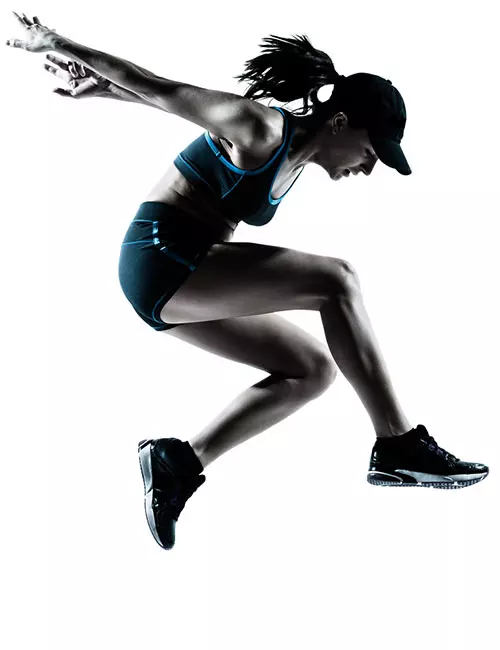
Fitness is your body’s ability to function properly during activity and leisure times, being able to protect the body from diseases caused due to leading a sedentary life, and to be able to meet the physical and functional requirements during emergency situations.
Your fitness can be divided into two concepts:
- General Fitness – state of physical and mental health and well-being
- Specific Fitness – specific task or sport oriented fitness
According to the Centers for Disease Control and Prevention (CDC), 31% met the guidelines of 150 minutes of moderate-intensity exercise per week in 2020. It was further estimated that 28.3% of men and 20.4% of women met the physical activity guidelines.
For non-athletes, the five components of fitness are the best ways to determine your fitness. Scroll down to know what they are.
Key Takeaways
- The five components of fitness are body composition, flexibility, cardio, muscle strength, and muscle endurance.
- These components help determine the kind of training your body needs to be fit.
- Work out regularly and eat healthy to improve your overall fitness.
- Apart from these component, maintain the right posture and improve reaction time, coordination and balance
5 Components Of Fitness
For the general population, being healthy and fit is the main target. And health-related fitness aims at improving the overall well-being and functioning of the body. Here are the 5 components of fitness and how to measure them.
1. Body Composition

Body composition measurement helps you understand how much fat and lean muscle mass are present in your body. It influences your physical health and may help prevent the risk of diseases like diabetes, cancer, heart disease, and osteoporosis, if maintained properly. Your height, age, weight, bone structure, and the ratio of fat and lean muscle are all considered to find out your body composition (1). If you workout at a gym, I am sure your trainer must have asked you to get a body composition analysis (BCA) done so that depending on your goals (weight loss or muscle gain), he/she can help you reach your target. Here’s how body composition is analyzed.
How To Measure Body Composition
You can get your body composition measured professionally at the gym using calipers or a bioelectrical impedance machinei An equipment that estimates the fat and muscle mass composition by sending a small electric current through the body. . You can also use DEXAi It is a noninvasive medical imaging technique which uses low-intensity x-rays to scan the body composition. or BodPodi A pod which measures body volume and weight. The computerized system displays the body density and body fat percentage. or hydrostatic weighing machinesi Underwater weighing technique which provides the most accurate measurement of body composition and body fat. , which are more accurate and recommended methods of measurement (1). All you have to do is follow the instructions of the technician, and a printed report will be generated and handed out to you.
 Quick Tip
Quick TipDo This To Improve Body Composition
If you want to lose weight, your first goal should be losing the extra flab. Plan a fitness routine comprising body composition exercises like cardio and resistance three days a week for one hour each day. Fill your diet with primarily whole foods such as whole grains, lean proteins, fruits, vegetables, and dairy. Minimize processed foods. Start strength training from Week 3, two days a week, one hour per day.
To gain weight, you must strength train to build lean muscle mass, eat healthy (same as above), sleep better, and take steps to minimize stress in your life.
2. Flexibility

Flexibility is the measure of the ability of your muscles to move to their full range of motion. Since most of us lead a sedentary life, the joints become immobile and lose their flexibility. As a result, you feel a sharp pain and tightness in your joints when you are asked to move your body parts to do certain movements. But being flexible will help you prevent joint injuries (2).
Note: Try to learn some recovery techniques that help you recover from injuries quickly.
How To Measure Flexibility
In the lab, flexibility is measured using a flexometer or goniometer, and in the field, it is measured using zipper or sit and reach tests.
Do This To Improve Flexibility
Regular exercise, stretching, practicing mobility exercises, functional training exercises, and yoga are great for increasing flexibility. In addition, including warm-up exercises and cool-down exercises may help improve flexibility. If your joints are weak, wear joint support. Start slow, but be persistent.
Emily Lenart, a blogger, shares how yoga helps her achieve a healthier lifestyle. She says it improves her physical and mental health. She says, “Yoga has improved my flexibility and made me a much stronger person (i).”
3. Cardiovascular Fitness

Cardiovascular fitness determines if your heart and lungs are working in coordination. A study claims that exercising regularly can be beneficial for your cardiovascular health (3). Moderate levels of workouts lower the risk of cardiovascular mortality and developing heart diseases. However, vigorous exercises such as marathon running can have a detrimental effect on your cardiovascular fitness.
How To Measure Cardiovascular Fitness
In the gym or the lab, your cardiovascular fitness will be measured by calculating your VO2 max. You will be asked to run a 12-minute run, walk a mile, do other treadmill and bicycle tests, etc.
Do This To Improve Cardiovascular Fitness
You have to include cardio in your workout regimen. Start by walking and then increasing the pace of your walk and the distance. Move on to jogging, running, and sprinting. You can also try cardio exercises like cycling, swimming, and jump rope. You must also play a field sport that includes body part movements and coordination of the brain and the body. You can also try endurance training (which includes high-intensity interval training (HIIT), anaerobic training, and aerobic training) to improve your cardiovascular fitness.
4. Muscle Strength
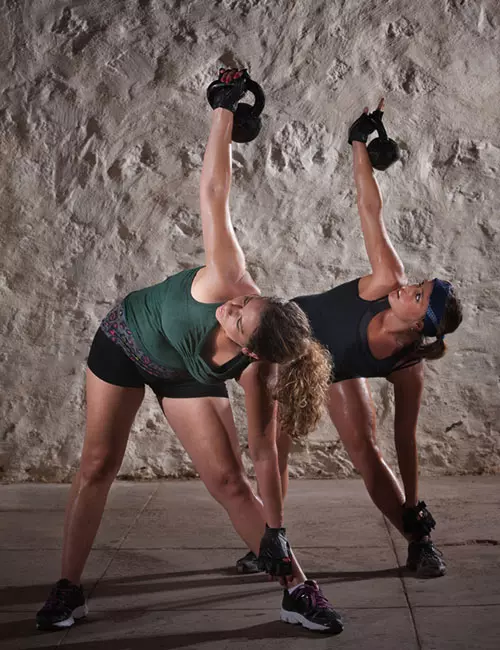
Muscle strength is the ability of your muscles to lift weight and exert a force against a resistance (4). For example, when you lift weights or a heavy box or a child, your muscles have to act against the gravitational pull to be able to lift the weight. The muscles have to contract and relax to complete the range of motion. Unless your muscles are strong and flexible, you will not be able to lift, push, and pull anything. Now, there are three classes of muscle strength:
Elastic strength – The ability of the muscle to overcome resistance force by contracting quickly.
Maximum strength – The greatest force possible in a single maximum contraction.
Strength endurance – The ability to do the same contraction multiple times.
How To Measure Muscle Strength
The 1RM test is conducted in the lab on resistance machines to measure muscular strength. Dynamometersi It is a small handheld device that can be used to measure the force and muscle strength of a person. also can be used. Isometric and isotonic contractionsi Contraction of the muscle whereby the length of the muscle changes but the tension remains the same. For example: Squats and push-ups. also give information about muscle strength.
Do This To Improve Muscle Strength
Include core strength training in your workout. Lifting weights on a regular basis or even doing bodyweight training (resistance training) will help improve your muscle strength. In addition, you can also try balance exercises and powerlifting.
5. Muscle Endurance
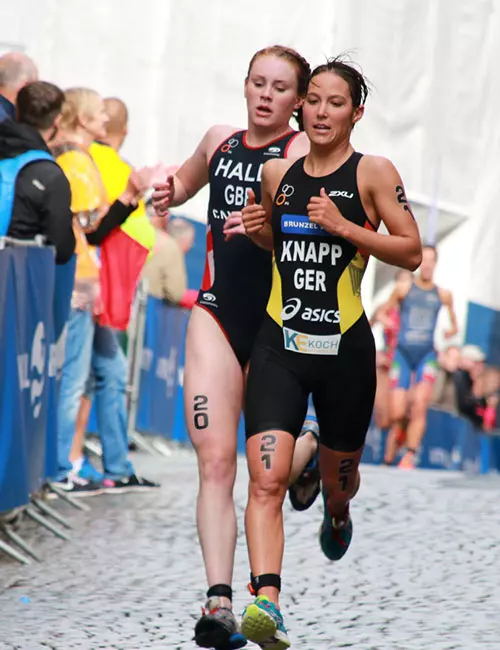
Muscle endurance is the measure of the ability of the muscles to perform the same task again and again without getting tired soon (5). For example, running a marathon is a typical example of muscle endurance power. It also shows how effectively your heart and lung muscles are working to keep your cells oxygenated and prevent fatigue.
How To Measure Muscle Endurance
In the lab and the field, muscular endurance is measured by counting the number of repetitions for an extended period. Running, jogging, circuit training, plyometric training, and cross training are common ways to assess muscle endurance.
Do This To Improve Muscle Endurance
Practice your run/jog/planks/push-ups/bicep curls. Do a mixed workout 4-5 days a week. Eat healthily and set new targets for every week. Increase the sets and reps of your exercise over a period.
These are the 5 components of fitness. Understanding these components may help boost your overall health and well-being. They also help customize your workouts to better suit your fitness needs and goals. But if you want to reap the most benefits of physical exercises successfully, you have to master the skill-related components of these exercises. Keep reading to learn about them.
- Speed: It is the ability to move rapidly from one point to another. It is significant in sprinting and track and field events.
- Accuracy: It is the ability to control movements to achieve a specific target or goal. It is significant in archery, darts, and shooting.
- Rhythm: It is the ability to maintain a consistent and coordinated timing of movements. It is crucial in dancing, figure skating, and rhythmic gymnastics.
- Spatial Awareness: It is the understanding of one’s body in relation to the surrounding space. It is essential in diving, high jump, and parkour.
Mastering these components will improve your athletic performance. But if you are an athlete, you have to step up your game. Here are a few extra components of fitness that you should take care of.
Other Components Of Fitness For Athletes
- Agility
- Power
- Balance
- Coordination
- Reaction time
 Quick Tip
Quick TipInfographic: A Closer Look At The 5 Components Of Fitness
Finding a balance between your physical and mental strengths becomes easy when you train your body in a way that allows it to be at its peak. Creating a wholesome fitness routine involves paying attention to its essential components. That way, your fitness journey becomes smoother. The infographic below gives you an overview of these components and how to improve them. Check it out!

Illustration: StyleCraze Design Team
Fitness in general, refers to your overall physical health and mental well-being. It could also mean specific fitness related to a particlular sports or activity. While fitness goals can mean different things to different people, it primarily has five main components. Muscle strength, endurance, flexibility, body composition, and cardiovascular fitness are the various aspects that come together to rank your overall fitness. Maintaining the right posture, work-life balance, and an active lifestyle along with a nutritious balanced diet would help you ace all pillars of fitness to feel and look strong and healthy. Also, remember, your fitness training program design should be done in a way that will help reach your training goals.
Frequently Asked Questions
Why are the various components of fitness important in sports?
These fitness components help you perform physical activities well, and they include a wide range of abilities. They also help you achieve stamina and the power to excel in sports activities.
Why is it important to focus on all the components of physical fitness?
Staying active and improving all the components of your physical fitness is key to maintaining your overall health and functioning well. These also can give you the strength to indulge in various physical activities.
Is speed a component of fitness?
Yes, speed is a component of fitness as it is the ability to move all or part of the body as quickly as possible.
Illustration: Components Of Fitness And How To Measure Them

Image: Dall·E/StyleCraze Design Team
Explore the essential components of physical fitness in this enlightening video below. Click on it now to gain a deeper understanding of strength, endurance, flexibility, and more, as you embark on your journey to a healthier lifestyle.
Personal Experience: Source
StyleCraze's articles are interwoven with authentic personal narratives that provide depth and resonance to our content. Below are the sources of the personal accounts referenced in this article.
i. My Journey With Yogahttps://emilylenart.blogspot.com/2023/10/my-journey-with-yoga.html
References
Articles on StyleCraze are backed by verified information from peer-reviewed and academic research papers, reputed organizations, research institutions, and medical associations to ensure accuracy and relevance. Read our editorial policy to learn more.
- Body composition techniques
https://www.ncbi.nlm.nih.gov/pmc/articles/PMC6366261/ - Flexibility Training and Functional Ability in Older Adults: A Systematic Review
https://www.ncbi.nlm.nih.gov/pmc/articles/PMC3503322/ - Cardiovascular Effects and Benefits of Exercise
https://www.ncbi.nlm.nih.gov/pmc/articles/PMC6172294/ - Muscle-strengthening Exercise Epidemiology: a New Frontier in Chronic Disease Prevention
https://www.ncbi.nlm.nih.gov/pmc/articles/PMC7447706/ - Moderate-Load Muscular Endurance Strength Training Did Not Improve Peak Power or Functional Capacity in Older Men and Women
https://www.ncbi.nlm.nih.gov/pmc/articles/PMC5623052/
Read full bio of Kristen Arnold
Read full bio of Ravi Teja Tadimalla
Read full bio of Payal Karnik







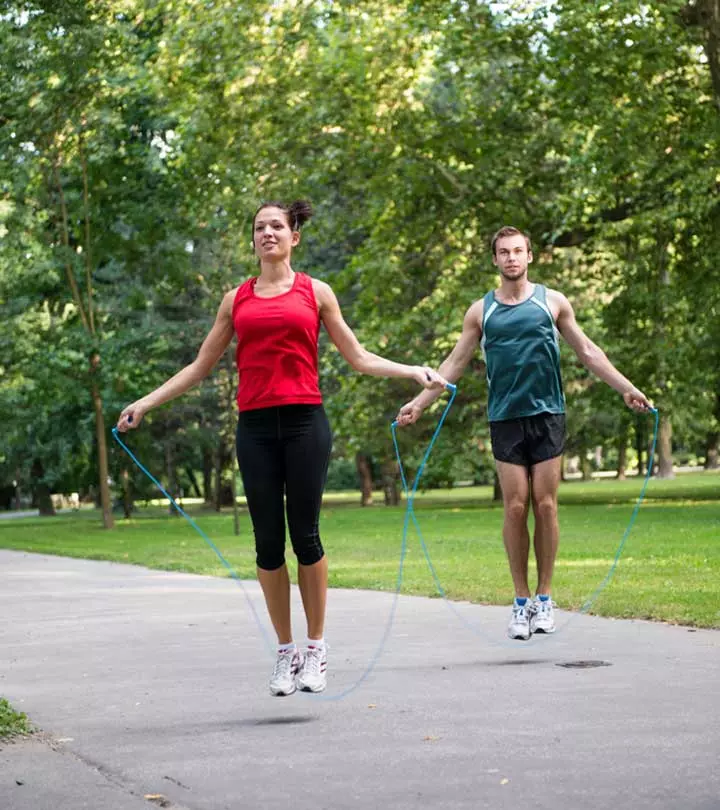
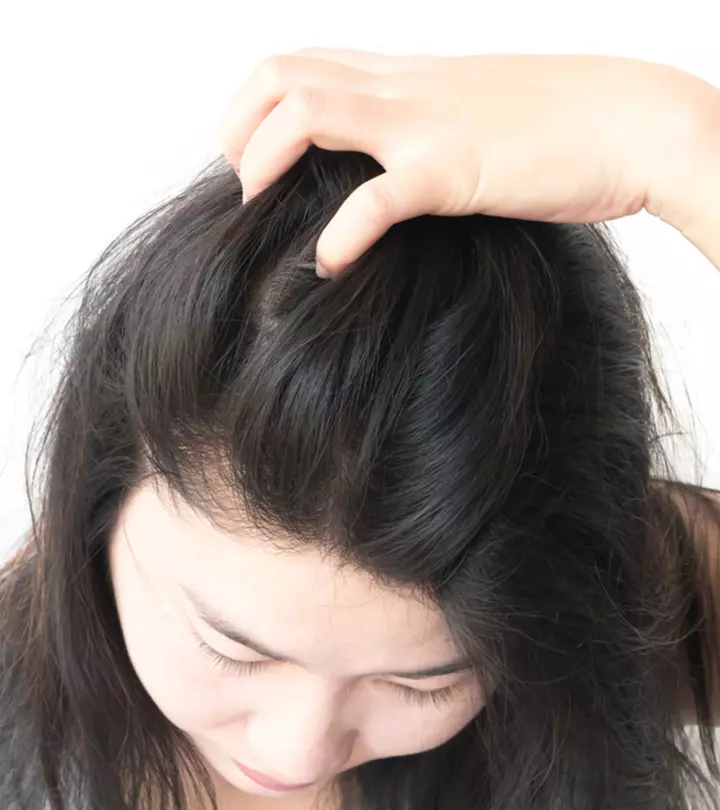
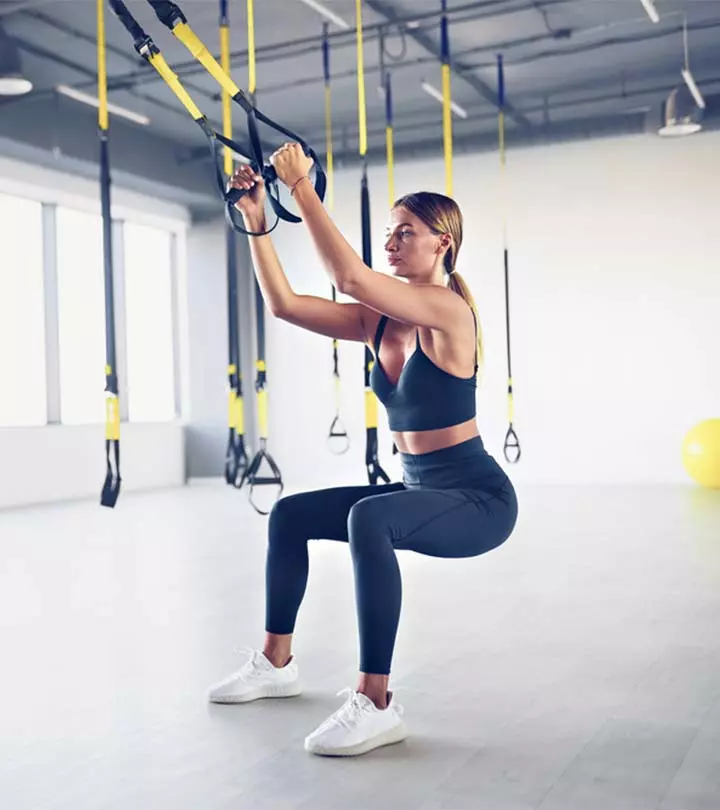
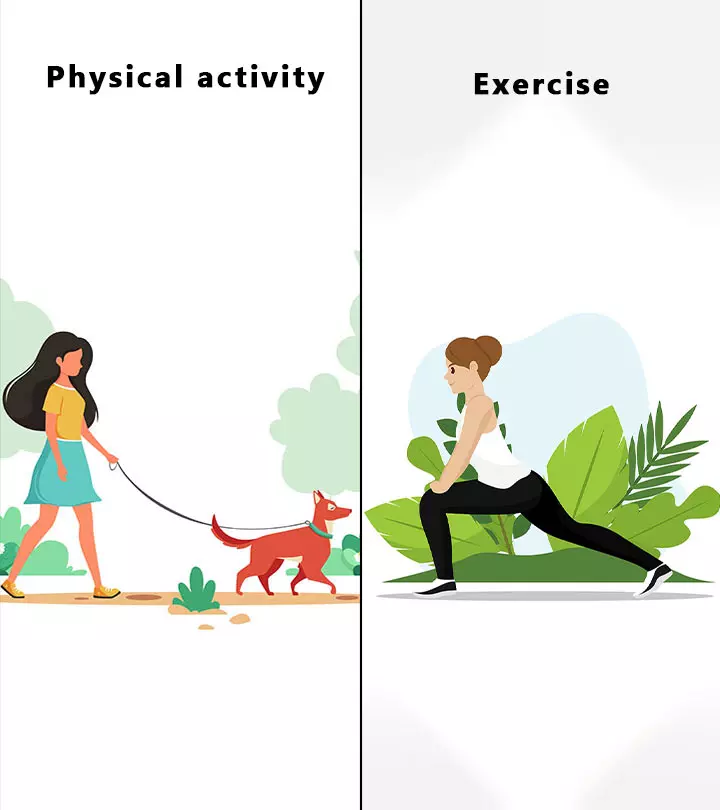
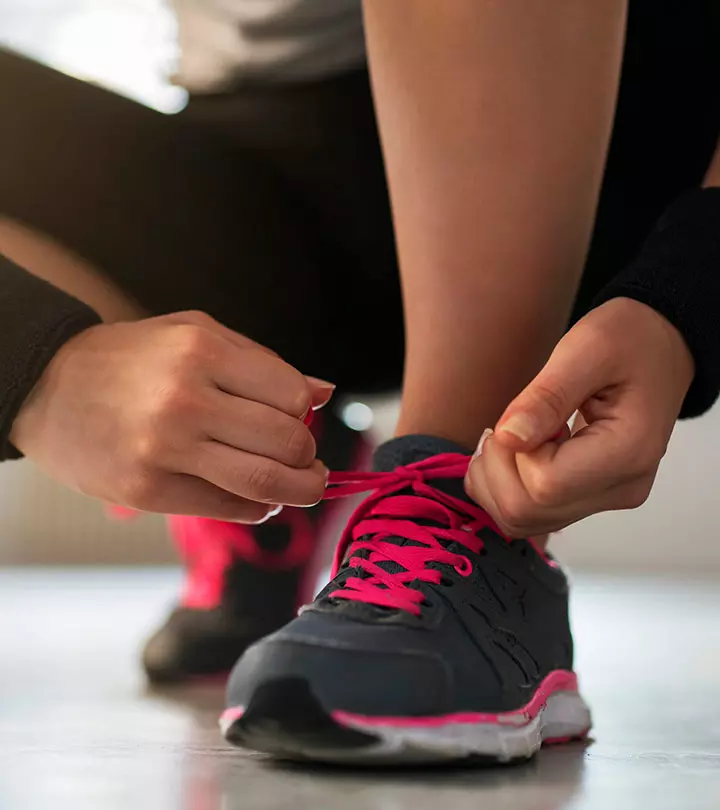
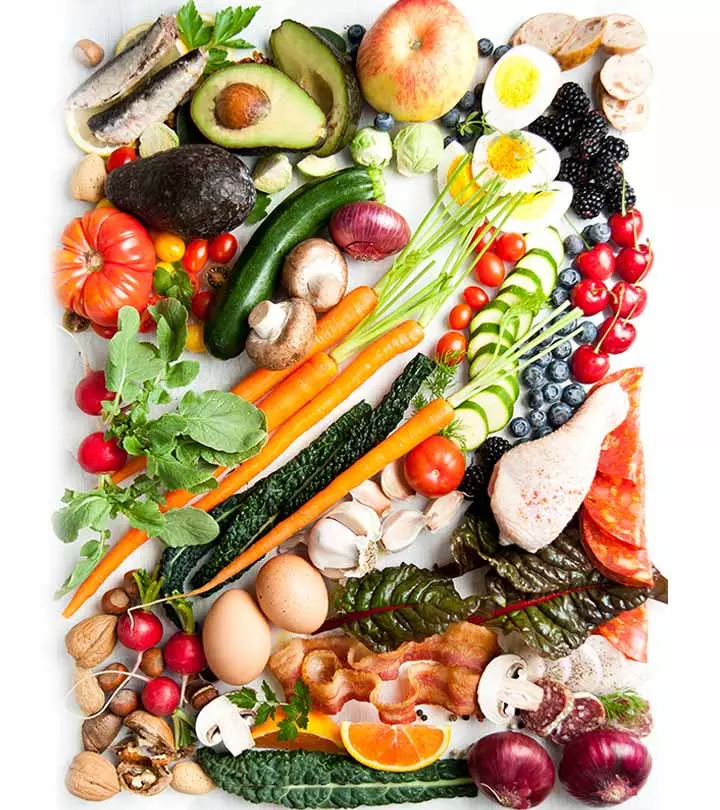
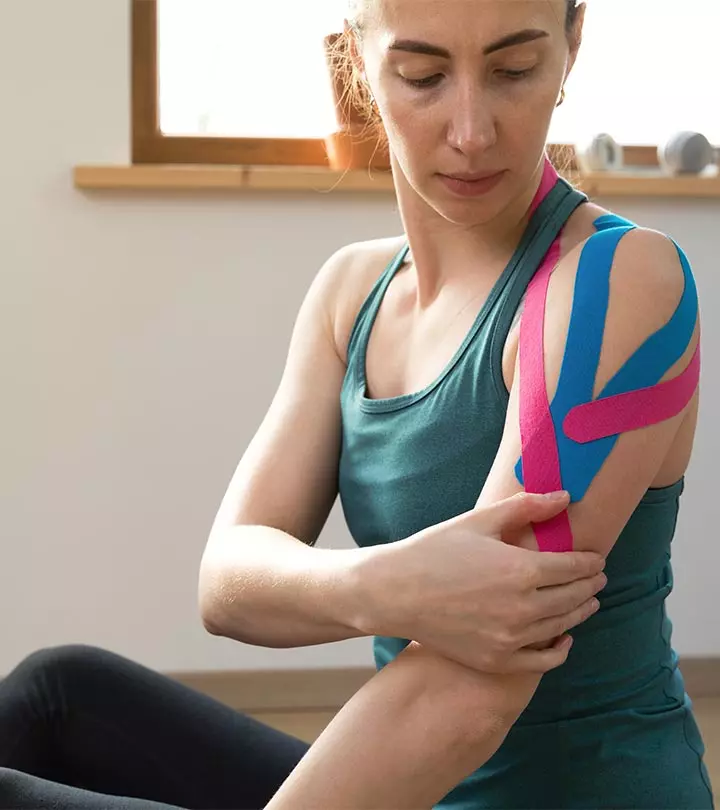
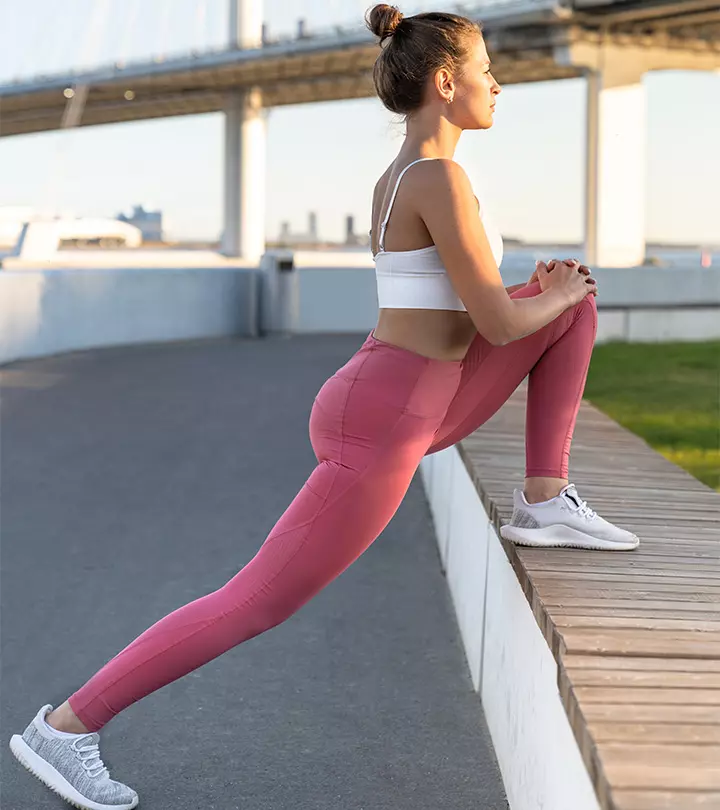
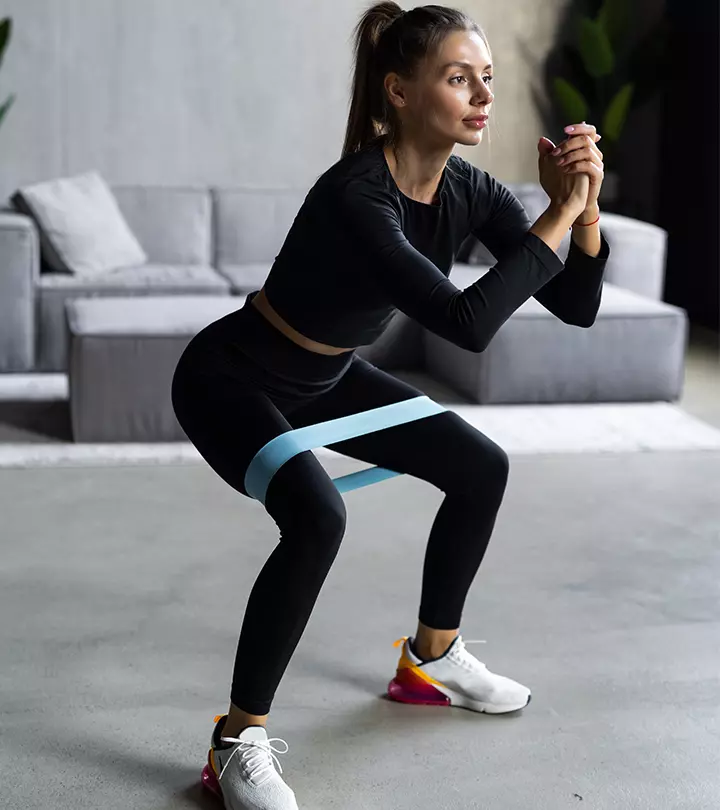

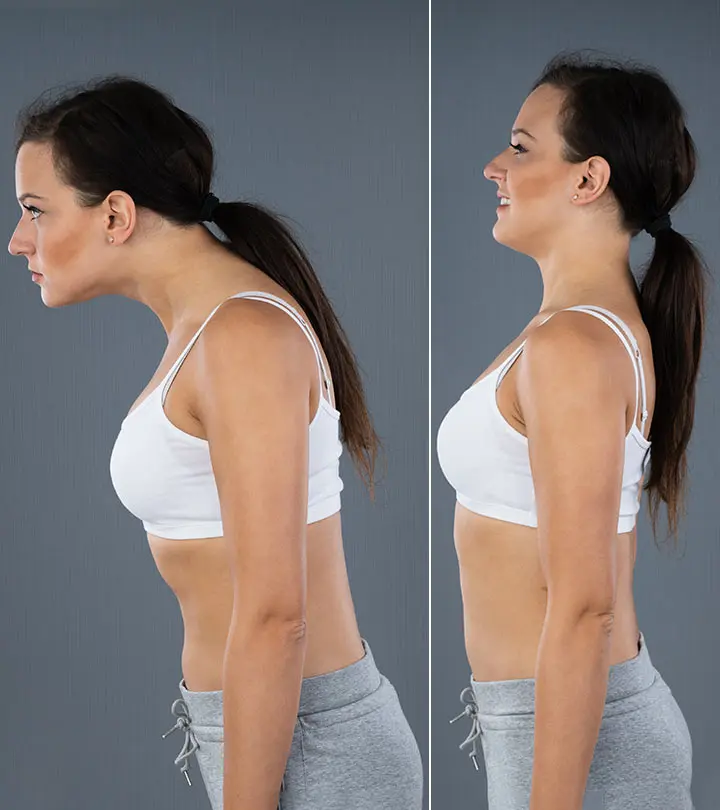

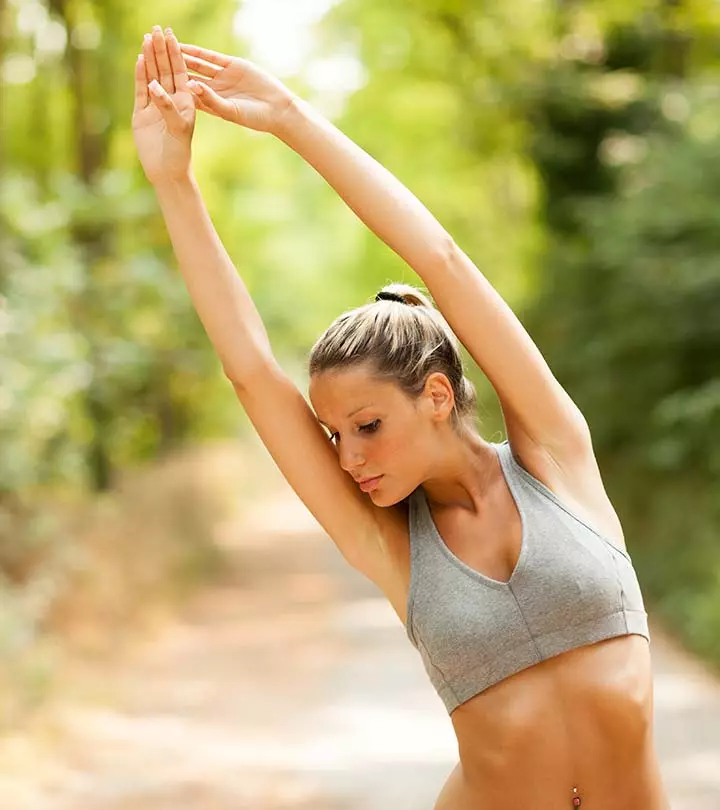


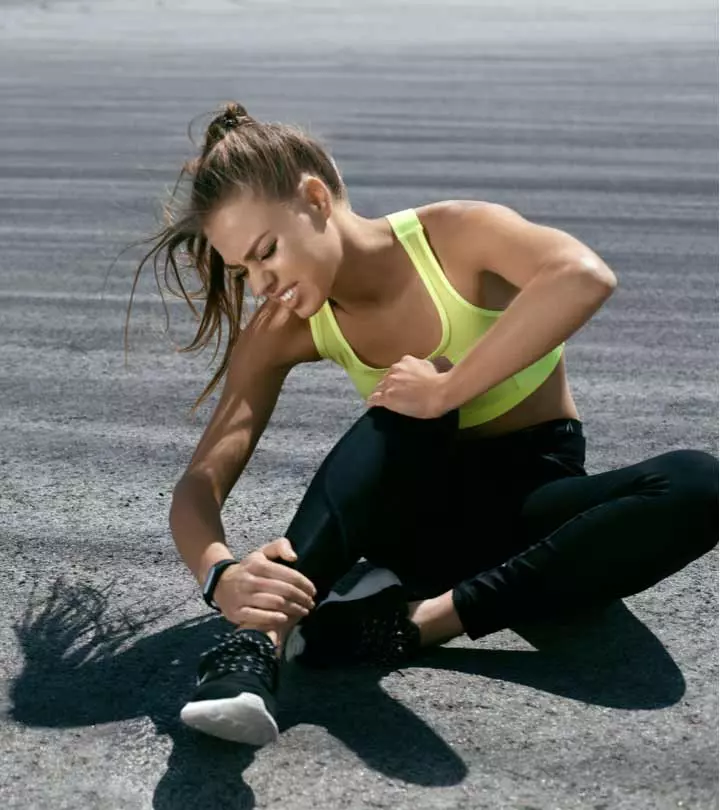
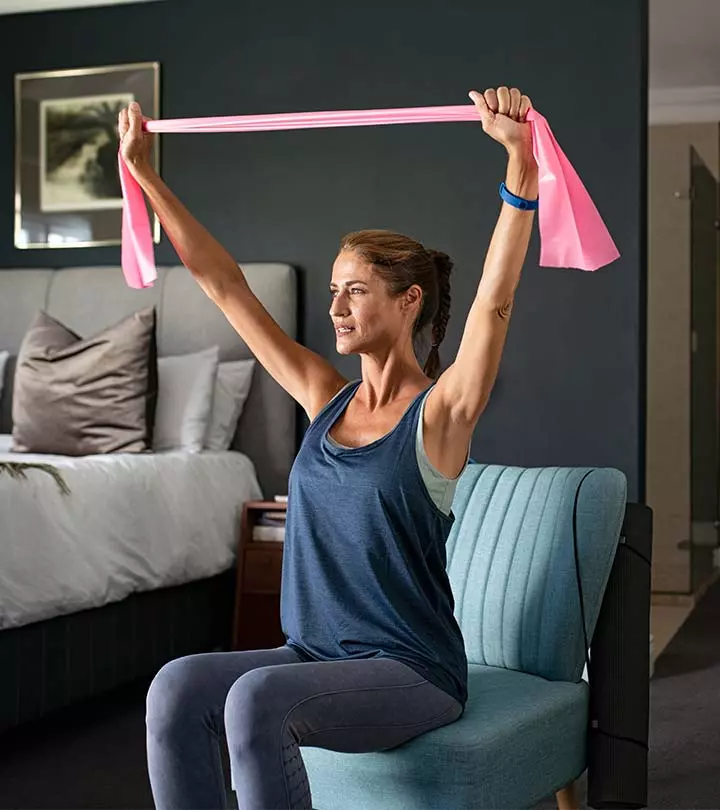

Community Experiences
Join the conversation and become a part of our empowering community! Share your stories, experiences, and insights to connect with other beauty, lifestyle, and health enthusiasts.